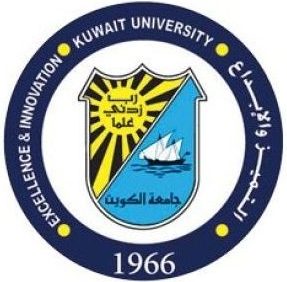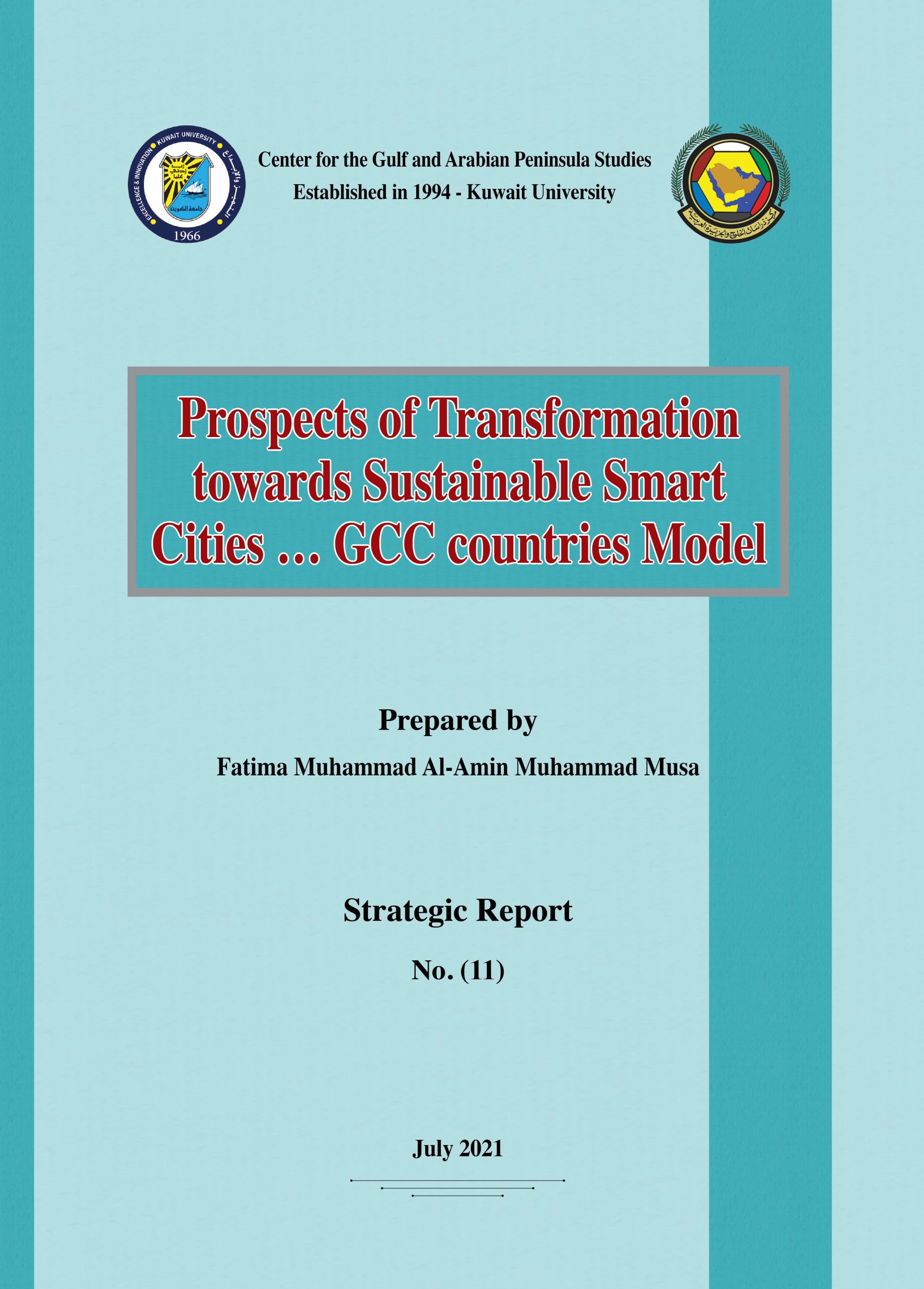Abstract:
In the past few decades, the world has witnessed remarkable momentum in population growth. Current cities have been amplified by the phenomenon of rural migration and the desire for rapid urbanization. Geographical space and available sources of food and energy have become limited, exacerbating many challenges to current cities and their future. Researchers suggest that by 2050 we will need six additional planets to keep the lifestyle we live now, which weighs heavily on the responsibilities of various Governments around the world. In this context, these Governments have moved towards thinking about techniques that enable them to meet their population’s growing needs for modern public services and infrastructure: such as, energy, water, roads, communications, health, etc. Taking advantage of the rapid technical developments in the Fourth Industrial Revolution, especially robots, the Internet, artificial intelligence, blockchain, cryptocurrency, and cloud servers, and other gains that undoubtedly drive them to overcome these challenges in preparation for raising economic development rates, improving the quality of human life, and addressing security risks and threats. Together, these have led to two rational trends in addressing and controlling these challenges. The first trend is based on preserving the environment, economy, available resources and the complementarity between them. It is represented in the “sustainable environment model”. The second trend is based on enhancing the quality and performance of urban services in an interactive manner with individuals through the use of digital technology and information technologies to improve the quality of life, it is represented in the “smart city model”.
Hits : 916
